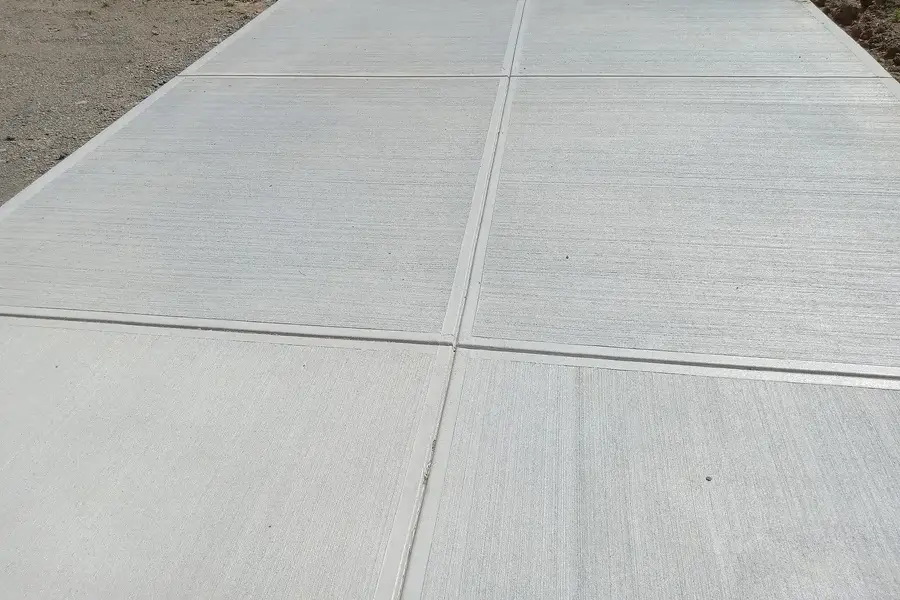A Simplified Guide to This Essential Construction Step
The concrete pouring process is a vital part of many construction projects. From sidewalks to skyscrapers, this step ensures that structures are strong and durable. Knowing how concrete is poured helps in planning successful construction work. Proper technique can prevent future problems and save money on repairs. In this guide, we’ll break down the essentials of concrete pouring so you understand each stage clearly.

What Is Concrete Pouring?
Concrete pouring involves placing prepared concrete into the formwork where it will set and harden. This process shapes the final structure, making it crucial for ensuring stability. The right mix of cement, water, sand, and gravel creates a strong base. Pouring must be done carefully to avoid air pockets or weak spots.
The Role of Concrete Work in Construction
Concrete work plays an important role in any building project. It includes everything from mixing materials to finishing surfaces. Skilled workers make sure the concrete is mixed correctly and poured properly. They also ensure it cures under optimal conditions for maximum strength.

Different Types of Concrete Work Projects
There are various types of concrete work involved in construction. These range from simple slabs to complex multi-level structures. Each type requires specific techniques to meet unique demands. Using the correct method prevents structural issues and extends the life of the building.
Steps in the Concrete Pouring Process
- Prepare the site by clearing debris and leveling the ground.
- Set up the formwork to shape the concrete.
- Mix concrete ingredients thoroughly for uniformity.
- Pour the mixture into the formwork without delay.
- Use tools to level and smooth the surface.
- Cure the concrete by keeping it moist as it hardens.
Common Challenges Faced During Pouring
Several challenges can arise during the pouring process. Weather conditions like rain or extreme temperatures can affect curing. Improper mixing ratios lead to weak concrete prone to cracking. Delays between mixing and pouring might cause premature setting, resulting in unusable material.
How to Overcome Pouring Challenges
- Plan pours around favorable weather conditions.
- Measure mixing components accurately.
- Work quickly yet efficiently after mixing begins.
- Use additives when necessary to adjust setting times.
Best Practices for Successful Concrete Pouring
Following best practices ensures quality results in your project. Always use clean water and fresh materials for mixing. Ensure formwork is sturdy enough to hold wet concrete without shifting. Regularly inspect tools and equipment for proper functioning before use.
The Importance of Meeting Industry Standards
Adhering to industry standards guarantees safe and reliable structures. Follow local regulations regarding thickness, material specifications, and curing times. Compliance not only meets legal requirements but also ensures long-term performance and safety.
Cost Considerations in Concrete Pouring
The cost of pouring depends on several factors such as material prices, labor costs, and project scale. Higher-quality materials may increase upfront expenses but reduce maintenance costs over time. Evaluate potential savings from durable installations compared to frequent repairs caused by inferior products.
Final Suggestions for Your Next Project
When planning your next construction endeavor, focus on quality at every stage of the concrete pouring process. Reliable techniques lead to lasting outcomes that withstand wear over time. For exceptional service, contact Absolute Contracting at (912) 208-6674. Based in Savannah, GA, our skilled team is ready to assist with all your construction needs.